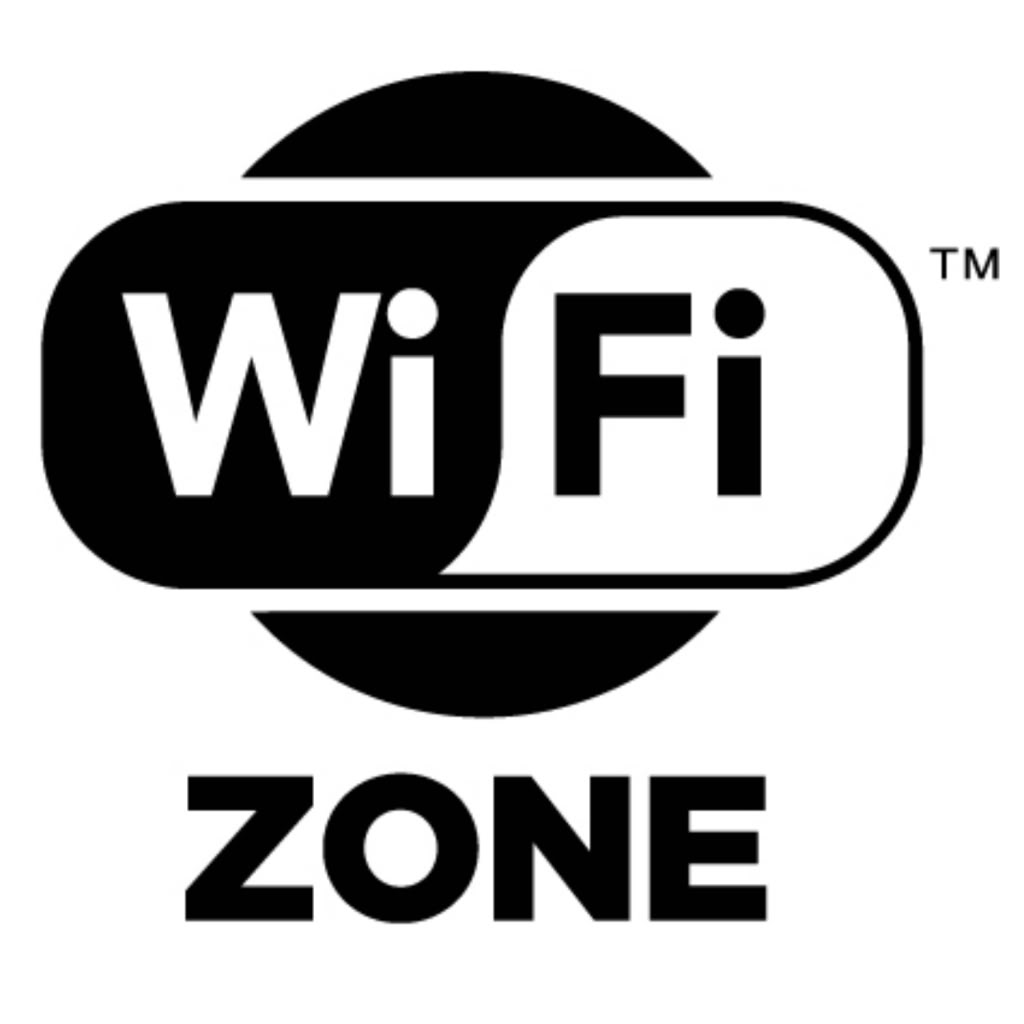How to send a Wi-Fi signal outside the walls of the house, how to do it?
There are many reasons behind slow WiFi. One of the main reasons is wall obstruction. Due to the walls of the building or the room, the WiFi signal cannot spread at the same speed. If you are suffering from the same problem, new technology is coming soon.
Researchers from the Vienna University of Technology and the University of Rennes have discovered a method by which Wi-Fi signals can be sent outside the walls of the house.
It is claimed that this method can be applied to broadband connectivity and SixG.
Currently, Wi-Fi signals are reflected on the wall (reflection), that is, hitting the wall and coming back, which reduces the Wi-Fi range and its quality.
To extend Wi-Fi range and improve its quality, researchers have developed a method that measures invisible 'anti-reflective' structures on solid walls. And, it allows the signal to pass through without interruption.
Anti-reflective coating
"It's like an anti-reflective coating on your glasses," said Stephen Rotter, a professor at the Vienna University of Technology.
In the paper published by the Khaj group including him, it has been informed that this test was successfully completed.
In this paper, it is mentioned that they tested the microwave by creating a barrier in the wall as large as the living room and sending it outside.
Then the corresponding anti-reflective structure is measured and the reflected signal is reduced and sent out.
“First of all you have to send a certain wave through the medium. Then we have to measure the way these waves are reflected by the medium," said Michael Horodayansky, first author of the paper.
He continues, “We were able to show that information, which measures the 'compensating' structure for any medium. Due to this, the wave can be completely penetrated. It's a mathematical method that allows us to measure the size of the anti-reflective layer."
The team of researchers is hopeful that the anti-reflective coating will completely prevent any reflection.
Similarly, they said that this method will also be useful for next generation mobile connectivity.

Comments
Post a Comment
If you have any doubts. Please let me know.